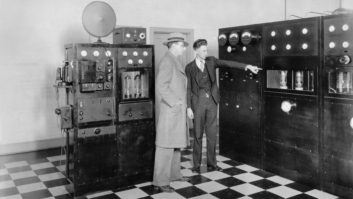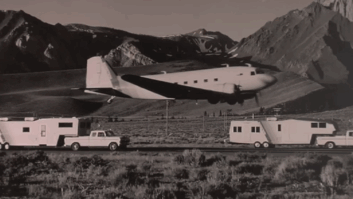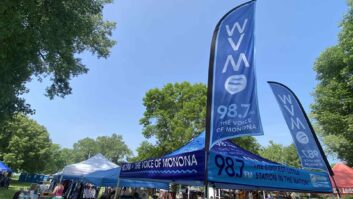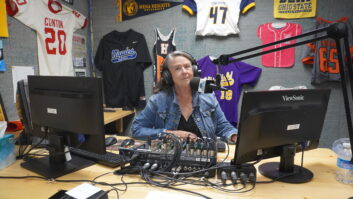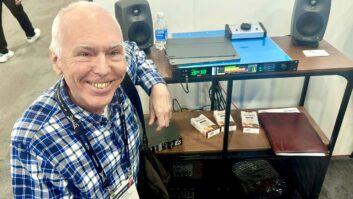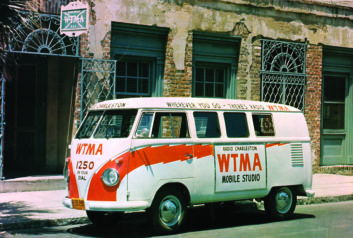
“We’ve come a long way from being that crazy ‘Tiger Radio’ back in the 1960s and ’70s playing top 40, to being a more responsible station that talks about today’s news,” says Program Director John Quincy. “WTMA(AM) is still here and thriving.”
Our story begins 80 years earlier.
On June 15, 1939, WTMA, Charleston, S.C., signed on the air, the second station in the market to do so. WCSC(AM) was the first (signing on in 1930), but while that station still exists, it has changed call letters several times, something WTMA has never done. Coincidentally, the two stations now share a tower site.
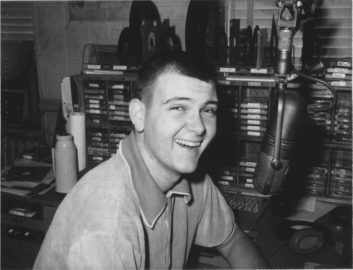
WTMA originally broadcast at 1210 on the dial and had its early studios on 10th Street in Wagener Terrace, with its first broadcast originating from the Dock Street Theater. In those years, WTMA operated at 250 watts, but because there was little interference from power lines, that signal was enough to blanket Charleston and beyond.
[Remembering Radio Times]
The original owners were insurance men Y. Wilcox Scarborough and Jesse W. Orvin, but they owned the station for only a few months before selling it to the local newspapers. And what did the call letters stand for? Stay tuned to find out, as the early announcers might have said.
Today, WTMA is 5,000 watts non-directional during the day, and 1,000 watts directional at night with two towers. The station moved its dial position to 1250 in 1941 and has had multiple owners over the past eight decades including a brief stint with Ted Turner. Today, WTMA runs a news/talk format and is part of a five-station cluster owned by Cumulus Media, with studios in north Charleston.
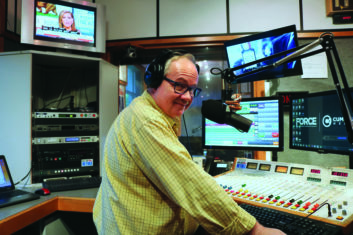
Quincy has been with the station since 2002. Having come to appreciate WTMA’s rich history, Quincy took it upon himself in 2003 to establish a website devoted to celebrating its personalities and community service: www.wtmamemories.com.
“After years of carrying NBC soap operas and other network fare, WTMA adopted a top 40 format in the early 1960s that was very successful,” said Quincy. “In fact one of the ‘Mighty TMA’ DJs back then had a 70 share in the Arbitron survey! As FM became more popular with music listeners in the late 1970s, WTMA switched formats a couple of times before adopting the current news/talk format on June 1, 1989.”
STORM’S SILVER LINING
Hurricane Hugo arrived just three months after that format switch, and while it was a disaster of immense proportions, Quincy said it was the event that put the “new” WTMA on the map.
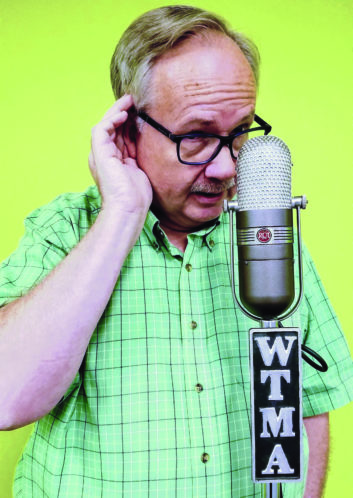
“The station was off the air for a day, as everyone in the city was evacuated,” he said. “Our engineer, Bruce Roberts, was first to return, and he used a generator-powered hair dryer to help drain the transmitter after the flap on the vent opened during the storm.
“For weeks until Charleston residents all returned home and power was restored in the region, WTMA carried all the news, and then at 7 p.m. the program manager, Dan Moon, would go on and open up the phones. The people called in and talked, and Moon stayed on the air every night until that evening’s calls dropped off,” he said.
“The other Charleston stations were playing music and commercials, but WTMA provided information and kept people company throughout the evening. Eventually, this led to Moon becoming the morning show host, a job he held until 2003.”
REMEMBERING THE FUNNY, TOO
But in the course of 80 years of broadcasting there had to be some funny station stories, right?
“At one point WTMA and its sister WSSX(FM), formerly WTMA(FM), were in the same building,” said Quincy. “But there was an RF problem that caused the AM signal to get into the FM studio’s board. According to then-DJ Moon, the FM staff would surreptitiously reduce the AM daytime power from 5,000 to 1,000 watts, which alleviated the RF problem in the FM control room but caused other issues.”
And according to Quincy, former top 40 personality Bob “Booby” Nash performed some of those wonderful stunts that made the format so much fun in the ’60s.
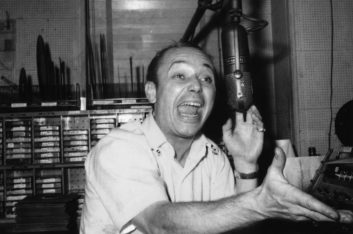
“He allowed himself to be ‘buried alive’ at a local drive-in, and he broadcast one show underwater from a tank at a mall. Nash had buttons made and distributed to listeners that said ‘I’m a Booby Lover.’”
[Love Radio Finds Niche in Shanghai]
The previously mentioned website, WTMA Memories, is a great source of other station trivia. For example: When broadcast personality Connie Neal McPhaul (air name “Big Mack”) was a 14-year-old radio enthusiast growing up in Charleston, he put a pirate station on the air. Unwisely, he used a 75-foot tower and pumped out 250 illegal watts, knocking off any station within a half mile of his house. An FCC field rep busted him and seized his equipment, but suggested the lad enter radio legitimately when he was a little older.
Eighty years after the station signed on, WTMA still serves Charleston. On June 15, 2019, South Carolina Gov. Henry McMaster declared its 80th anniversary as “WTMA Day” statewide.
Check out a multi-hour audio documentary on the history of WTMA, and visit the station’s website to learn more.
But what do the call letters “WTMA” stand for? Nothing at all — they were randomly assigned by the Federal Communications Commission.
Ken Deutsch describes himself as a former disc jockey, program director and master of ceremonies at local animal moltings.
